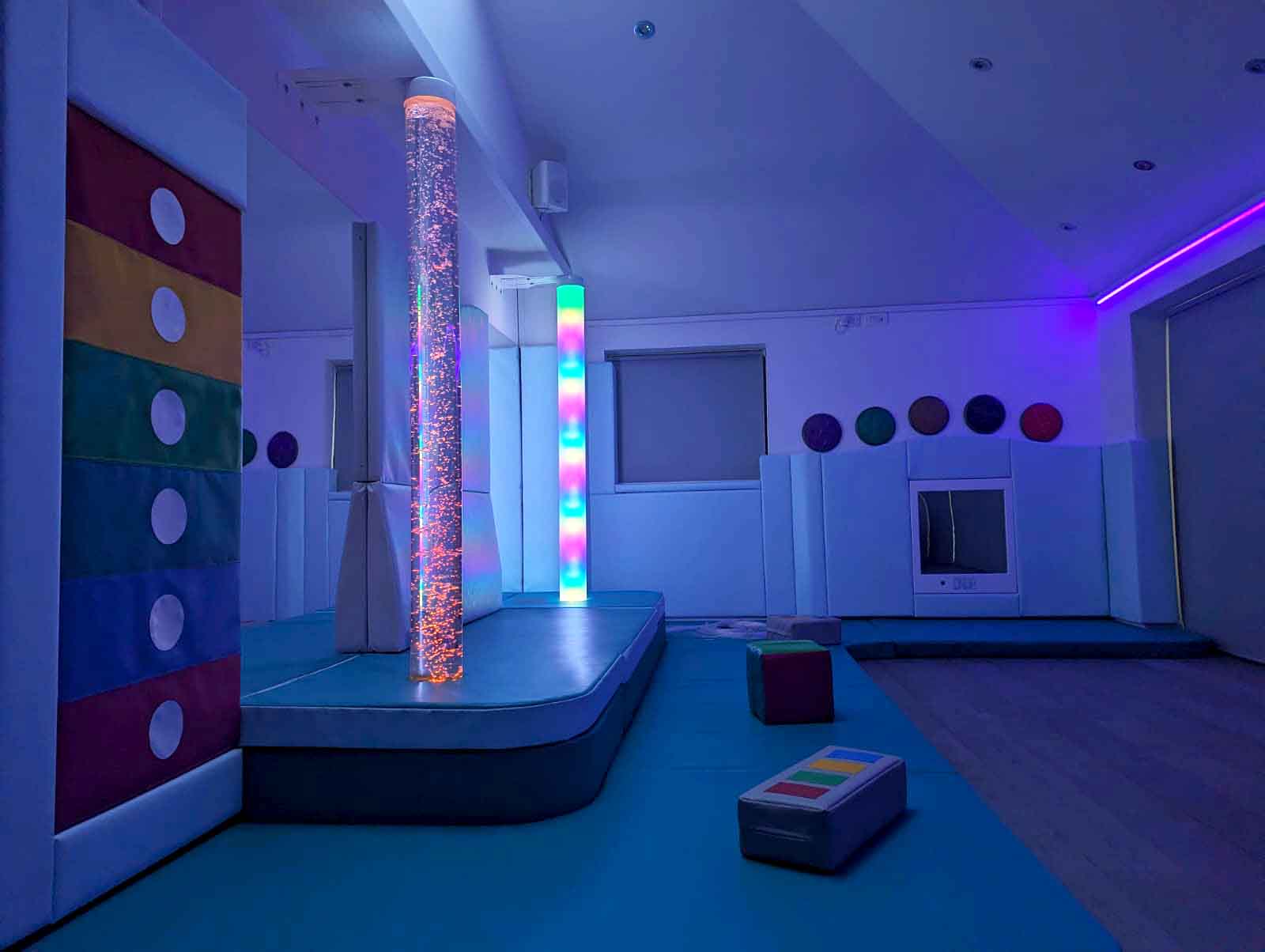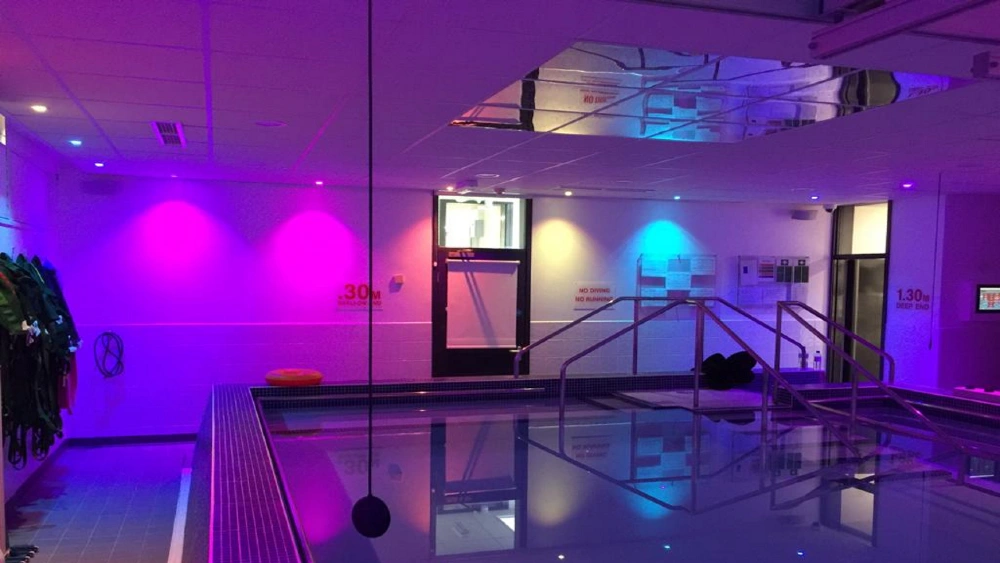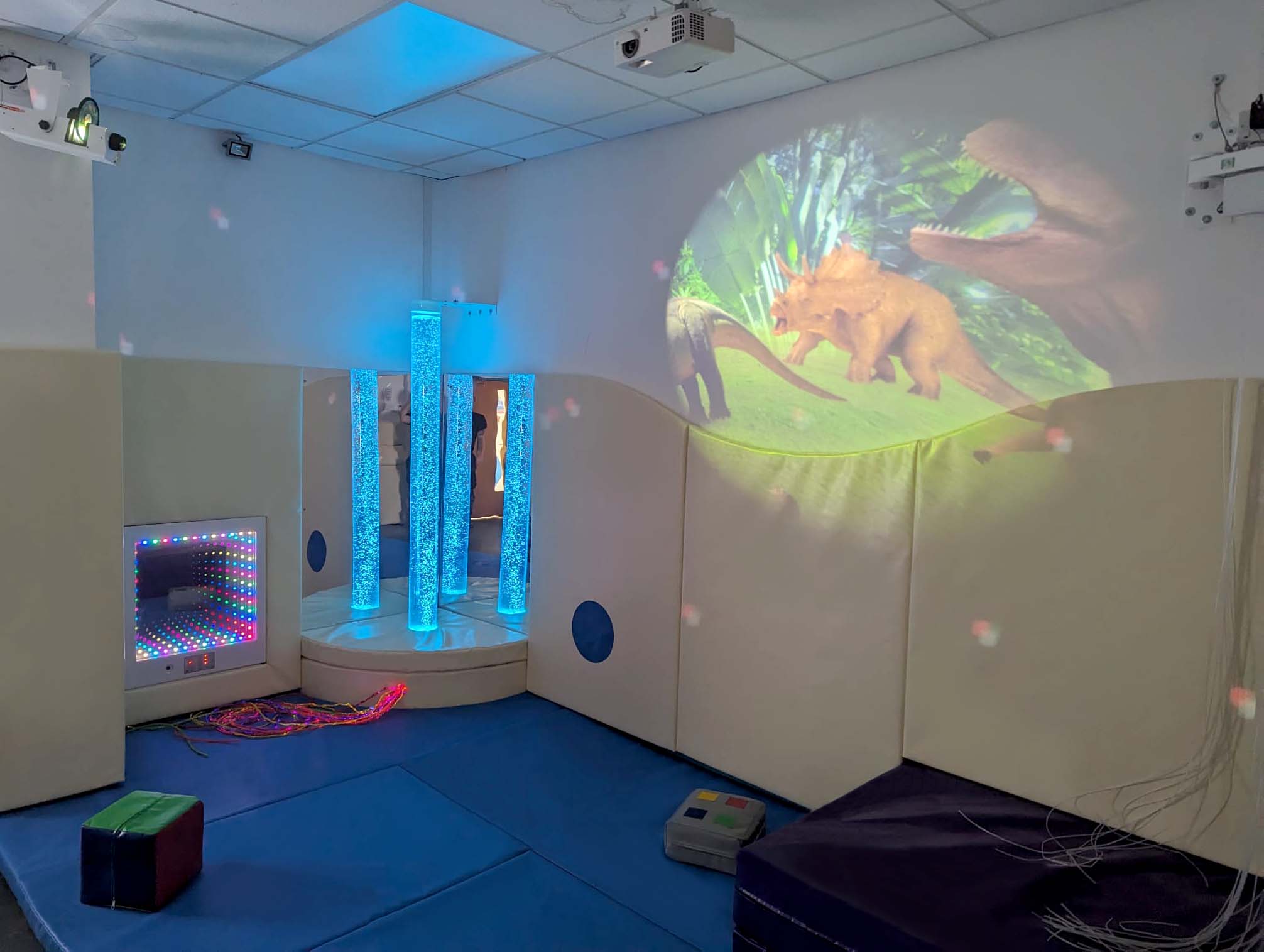It’s natural that sensory rooms are associated with children, particularly those with autism or sensory processing needs. However, these sensory environments are just as beneficial for adults. Whether used in schools, care homes, or even workplaces, sensory rooms provide a space for relaxation, stimulation, and emotional regulation that supports people of all ages!
Types of Sensory Rooms and How They Differ
A sensory room can be designed in a variety of ways, depending on the needs of its users. While many focus on relaxation and emotional regulation, others are more interactive and stimulating. Here we look at the different types of sensory rooms and how they cater to both children and adults:
Calming Sensory Rooms
Calming sensory rooms are designed to do just that, creating a sense of calm. By reducing stress and anxiety, these rooms feature softer lighting, soothing sounds, and comfortable seating. For children, this type of space helps with emotional regulation and provides a safe retreat when they feel overwhelmed. Similarly for adults, calming sensory rooms can serve as quiet areas for stress relief, mindfulness, or even therapy sessions in care homes and workplaces.
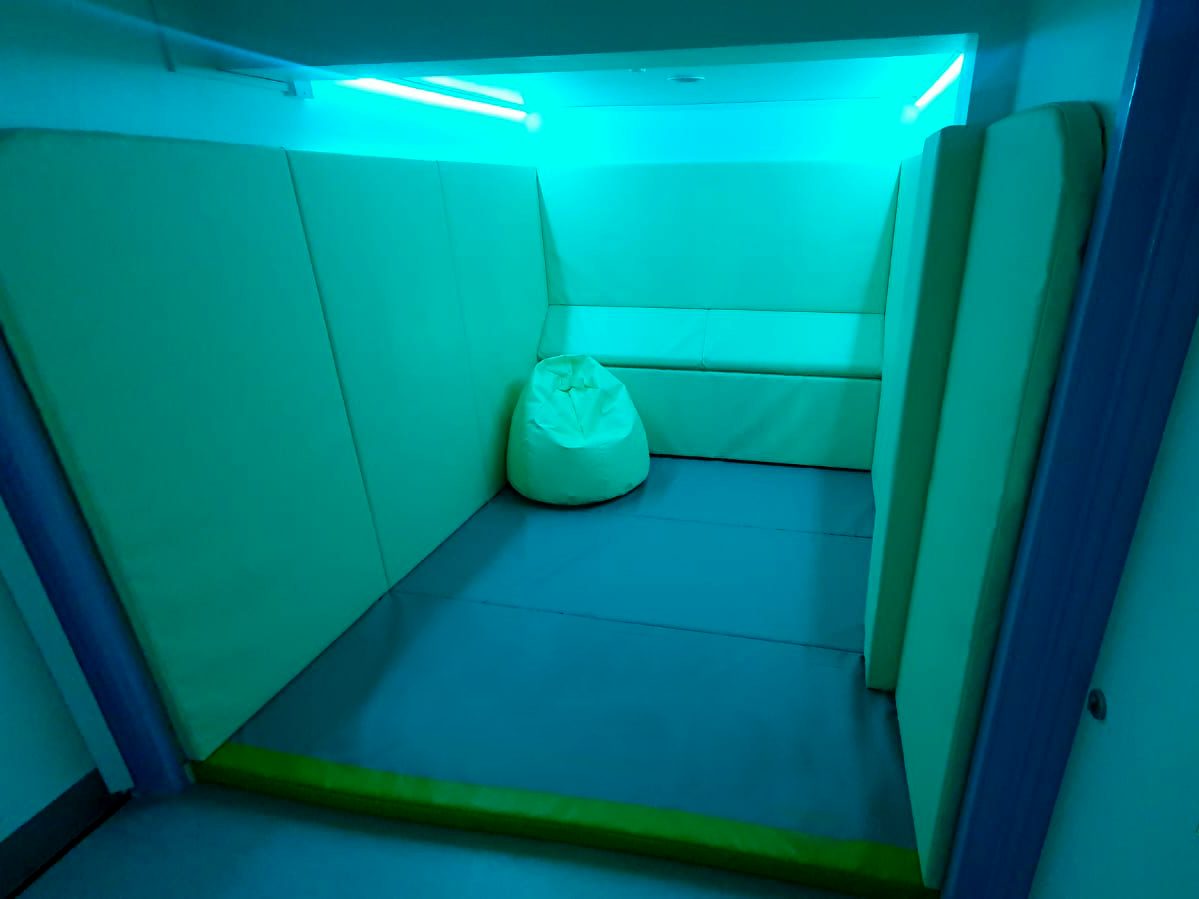
Interactive Sensory Rooms
Interactive sensory spaces promote engagement and exploration, including touch-responsive panels, interactive floor and wall projections, and sound-activated buttons to stimulate curiosity and learning. Children use these rooms for hands-on play, skill development, and sensory stimulation, while adults may benefit from mental engagement activities or sensory exercises to improve focus and motor skills.
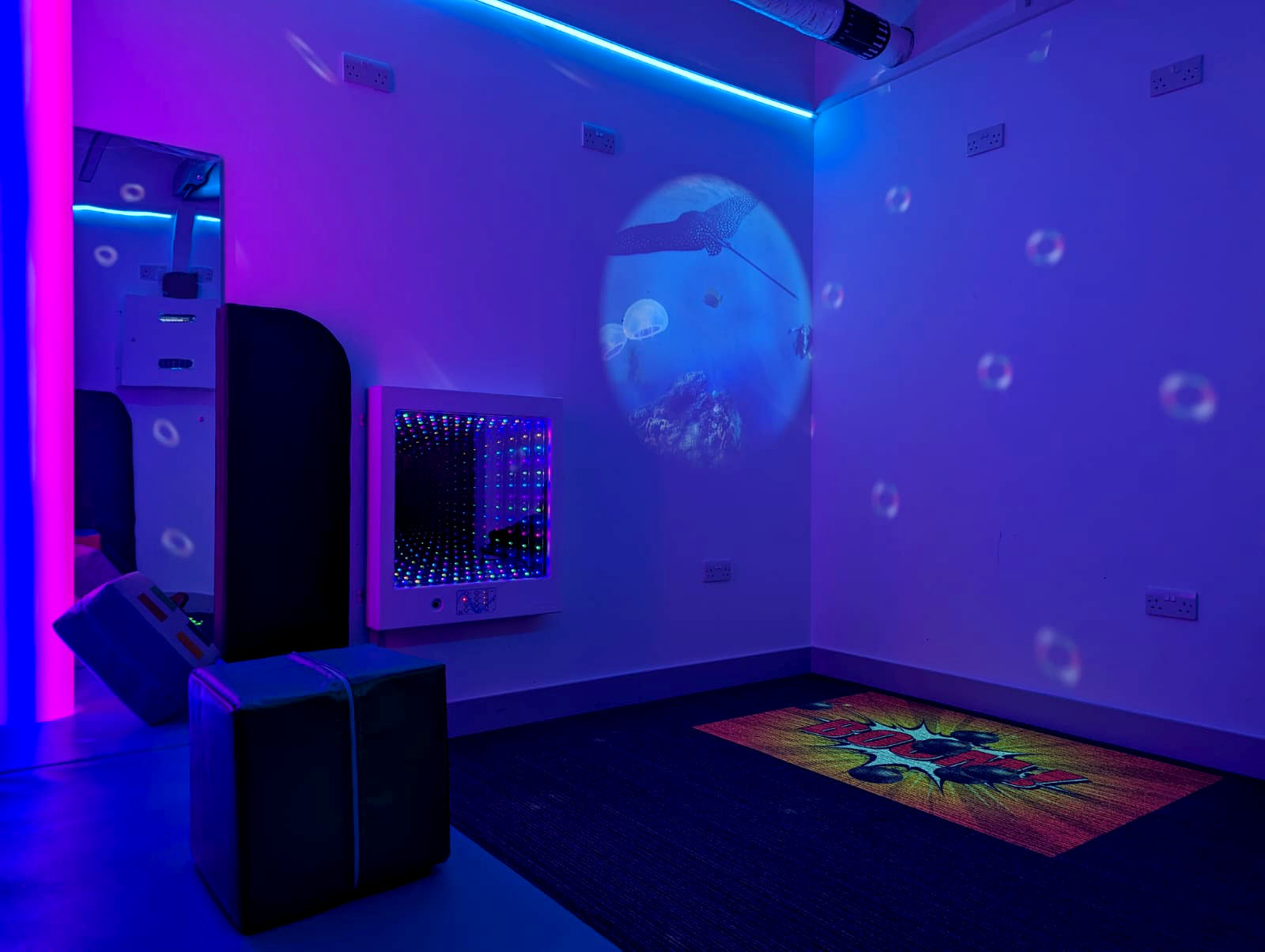
Multisensory Rooms
Multisensory rooms are highly adaptable to cater for different needs. These rooms combine calming and interactive elements, allowing users to tailor their experience depending on their mood or environment. As a widely-known resource in mainstream and special schools, these rooms can be used for both learning and relaxation. They can help teachers manage classrooms and be incorporated into the learning curriculum to aid the development of students across various needs and abilities. While in workplaces or care settings, they can serve as flexible environments that support both engagement and stress relief.
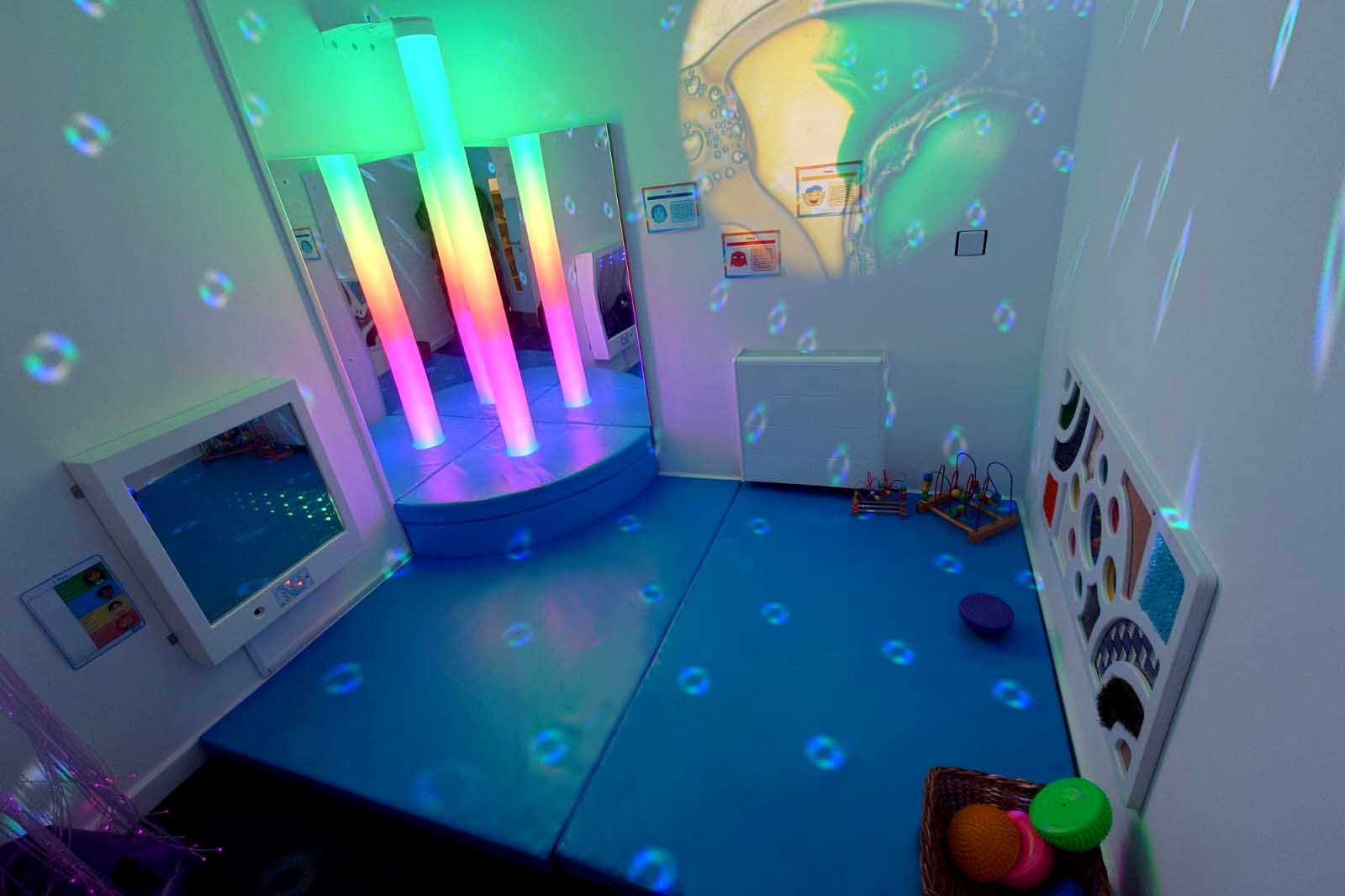
Creating a Multi-Sensory Experience
Each sensory room is designed to engage multiple senses, using lighting, sound, texture, and visuals to create an immersive environment. For children, this means a space that encourages development through play and learning. For adults, it can be more of a retreat from stress or a tool for managing anxiety.
Key features these rooms typically include are:
- Lighting and Visuals
Changing colours and gentle movements are generally for better focus and relaxation. These can be controlled through light sources such as mood lighting or through equipment such as Bubble Tubes and Borealis Tubes. Fibre Optics, LED panels and Projections add a visual element that can either calm or stimulate depending on the needs of the user.
- Tactile Surfaces
These features can activate the senses by exploring and grounding through touch. Tactile discs, toys and activity panels utilise a range of textures in a way that is fun for users to interact with.
- Sound & Music
Sounds can help in many situations, promoting calm, stimulation, or relaxing meditation. Bluetooth sound systems are commonly featured through our sensory environments, allowing supervisors the flexibility to choose certain music or sounds depending on the types of users and mood they wish to set.
- Aromatherapy
Certain scents can help support relaxation and calm, such as lavender or peppermint. Although these are commonly found within sensory gardens through the types of plants, aromatherapy diffusers can also be used across indoor sensory spaces to infuse the aroma into the space.
The Benefits for Children
For children, particularly those with additional sensory needs, sensory rooms help them thrive by engaging their senses in a controlled and safe way. Sensory rooms also provide a setting where children can develop key skills while offering a space for self-regulation.
- Encourages Development
Sensory play is the perfect way to engage cognitive and motor skill development, helping children build connections between their senses and the world around them through various forms of sensory equipment and activities.
- Emotional Regulation
To manage what’s commonly known as ‘meltdowns’, a calming sensory room helps children learn to self-regulate, particularly beneficial for those who experience sensory overload or difficulty with emotional control.
- Enhances Learning
Engaging elements like interactive walls, texture panels, and storytelling projections make learning fun and accessible for all!
- Supports Children with Additional Needs
For those with autism, ADHD, or other sensory processing disorders, these rooms offer a structured and safe space to regulate emotions and reduce anxiety.
The Benefits for Adults
Adults face stress, sensory sensitivities, and cognitive challenges on a daily basis that can be managed through a sensory experience. Sensory rooms cater to various needs, from stress relief to therapeutic intervention.
- Reduces Stress & Anxiety
A sensory environment provides a retreat for individuals who need a quiet, calming space to decompress from overwhelming situations.
- Supports Mental Health
Guided meditation, music, and calming lights create an ideal space for mindfulness and relaxation in a workplace environment where employees wouldn’t typically have this resource.
- Helps with Sensory Processing
Adults with autism or sensory processing challenges benefit from sensory rooms in the same way as children, using them to regulate sensory input and manage daily interactions.
- Use in Dementia & Rehabilitation
Sensory rooms (and gardens) are widely used in dementia care and rehabilitation, helping individuals recall memories, improve focus, and enhance well-being through structured sensory experiences.
Sensory Rooms in Different Environments
Sensory rooms can be found in various settings, each adapted to suit the needs of its users:
- Schools & Nurseries – Provide children with a safe space for self-regulation and learning through play.
- Hospitals – Support individuals experiencing various forms of illness, disease and disorders, and aids in the rehabilitation process through sensory and/or occupational therapy.
- Workplaces – Offer a retreat for employees to de-stress, improving focus and mental well-being.
- Care Homes and Day Centres – Promote relaxation and sensory exploration for individuals of all ages and abilities.
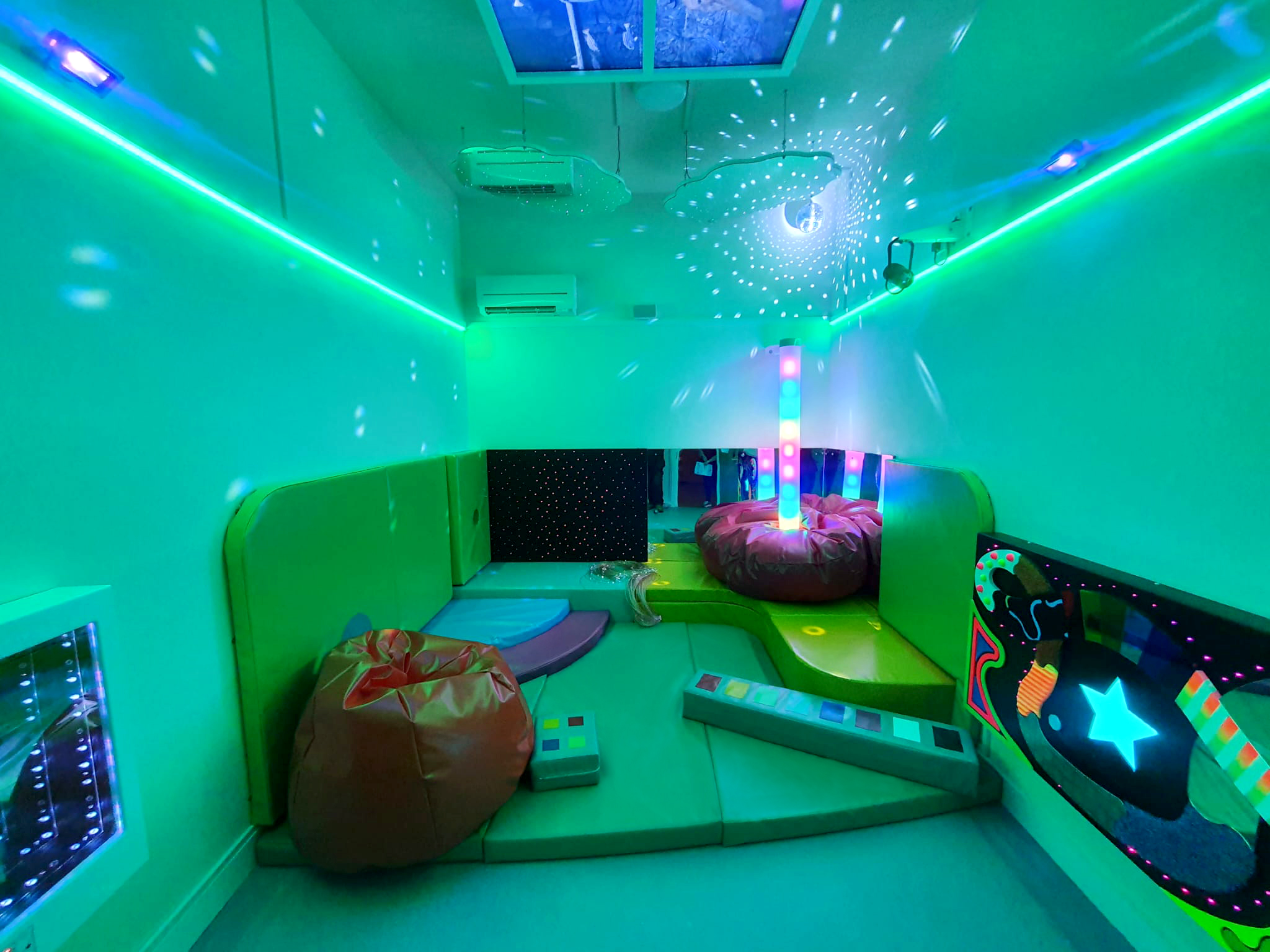
Now you know, sensory rooms are not just for children! They provide valuable benefits for adults too. Whether it’s for relaxation, therapy, or engagement, these spaces offer a tailored environment to support emotional and sensory well-being across all age groups.
At Sensory Technology, we create bespoke sensory rooms that cater to the needs of both children and adults, ensuring everyone can benefit from a thoughtfully designed multi-sensory environment. Contact us today to learn more about how we can bring a new sensory experience to your space!

